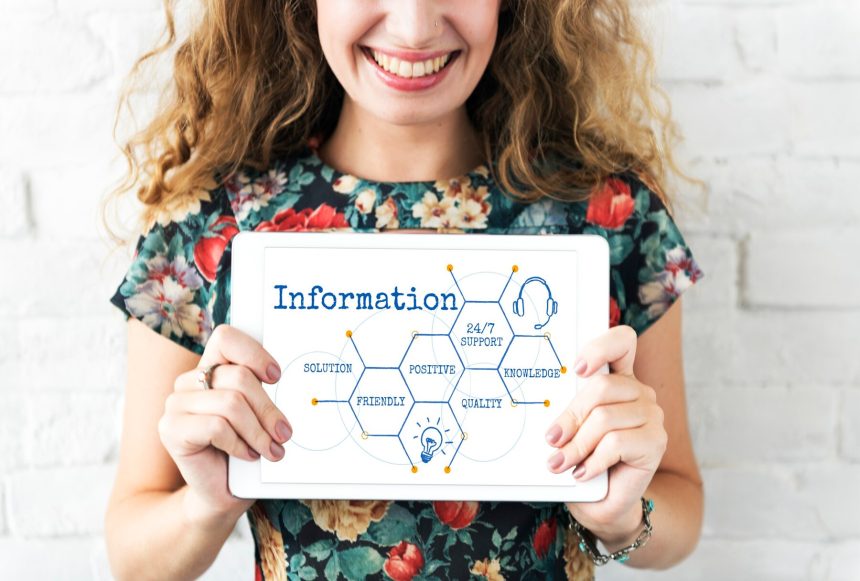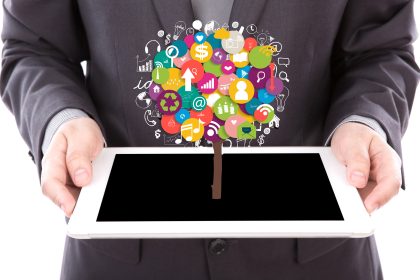Digital marketing is all about reaching people online to sell products, services, or ideas. But what gets users to click an ad, buy something, or share a post? It’s all about user motivation—the reasons behind their actions. When marketers understand what drives users, they can create campaigns that really work. In this article, we’ll explore what user motivation is, why it’s a big deal, and how to use it. We’ll also share real data and examples to keep it simple and clear.
What Is User Motivation?
User motivation is the spark that makes someone do something online. It could be buying a shirt, signing up for emails, or liking a photo. It’s the “why” behind their choices. For example, one person might order food online because they’re hungry (a practical need), while another might post a selfie to feel good about themselves (an emotional boost).
In digital marketing, knowing these reasons helps businesses craft messages that hit the right spot. A 2021 study found that people spend about 6 hours and 42 minutes online each day (Faruk et al., 2021). That’s a lot of time to catch their attention—if you know what motivates them.
Why User Motivation Matters
Picture this: You’re selling a jacket. If you don’t know why someone wants it—maybe for warmth, style, or a sale—your ad might flop. Understanding motivation lets marketers:
- Create better ads: Match what users care about.
- Get more action: Boost clicks, shares, and likes.
- Sell more: Turn browsers into buyers.
A 2025 report says 80% of consumers are more likely to buy from brands that personalize their experience (Smart Insights, 2025). This shows how much motivation matters.
Key Types of User Motivation
Here are the main reasons people act online, backed by research and examples.
- Practical Needs
Some users want to fix a problem or get something done. Think of someone searching “cheap flights” for a trip. A 2019 study found that 61% of online shoppers start with a search engine to find what they need (López García et al., 2019). Marketers can use tools like Google Keyword Planner to see what people search for and offer solutions. - Emotional Connection
Feelings drive a lot of choices. People might buy flowers to feel generous or watch a cute cat video to smile. Research shows emotional ads are twice as likely to be shared (Faruk et al., 2021). Brands like Coca-Cola nail this with campaigns like “Share a Coke,” making people feel connected. - Social Influence
We all want to belong or stand out. That’s why users follow trends or influencers. A 2025 report says Instagram and TikTok users love following brands to stay in the loop (Smart Insights, 2025). Influencer posts—like a celebrity wearing a cool hat—can spark action. - Rewards and Deals
Everyone loves a bargain. Discounts or freebies can push users to buy now. In 2024, 55% of online shoppers said coupons motivate them (Denave, 2024). Black Friday sales are a perfect example—people rush because the clock’s ticking. - Curiosity and Learning
Some users just want to know more. That’s why “how-to” guides and videos are huge. A blog like “How to Cook Easy Meals” can pull in people eager to learn something new.
How to Use User Motivation
So, how do marketers turn this into action? Here are easy steps:
1. Know Your People
Figure out who your users are and what they want. Tools like Google Analytics show what they’re browsing. If they’re stuck on your “deals” page, they probably love a good offer.
2. Make It Personal
Tailor your message with data. A 2025 study found personalized emails get 29% more opens than boring ones (Smart Insights, 2025). If someone’s eyeing a backpack, send them a coupon for it.
3. Tell a Story
Stories that tug at emotions work wonders. Nike’s ads often show regular people pushing hard, inspiring viewers. Emotional storytelling boosts brand memory by 22% (Faruk et al., 2021).
4. Show Proof
Let users see others love your stuff. Reviews or “500+ sold” tags build trust. In 2024, 70% of consumers said they trust online reviews like a friend’s advice (Denave, 2024).
5. Offer Rewards
Give a little to get a lot. Limited-time deals or points programs push action. Starbucks’ app rewards coffee buys with freebies, keeping users coming back.
Real Examples That Work
Here’s how some brands use motivation:
- Amazon: Their “Prime Day” taps into deals and urgency. In 2024, it raked in $14.2 billion (Denave, 2024).
- Dove: The “Real Beauty” campaign hits emotions, making women feel seen and sharing it widely.
- TikTok: Brands make quick, fun videos that users can’t resist. Ad revenue is set to hit $18.5 billion in 2025 (Smart Insights, 2025).
Challenges to Watch
It’s not all smooth sailing. Here’s what can trip marketers up:
- Shifting Tastes: What works today might not tomorrow. In 2021, 41% of users started dodging overly personal ads due to privacy worries (Faruk et al., 2021).
- Data Overload: Too much info can confuse things. Tools like Hootsuite help spot what’s trending.
- Mixed Crowds: Teens might want fun, while adults want facts. You’ve got to adjust.
What’s Next?
Tech is changing fast. AI is already guessing what users want, with AI marketing set to grow 17% in 2025 (Denave, 2024). Soon, ads might shift based on your mood. Plus, voice search is booming—by 2025, 50% of searches could be spoken (Smart Insights, 2025). Marketers will need to sound natural to keep up.
Wrapping Up
User motivation is the secret sauce of digital marketing. Whether it’s solving a need, sparking joy, or offering a deal, knowing the “why” helps marketers win. Data proves it—personal touches, emotions, and rewards pay off. As the online world evolves, staying sharp on what drives users will keep you ahead.
References
Denave. (2024). Top 8 APAC digital marketing trends in 2024. https://www.denave.com
Faruk, M., Rahman, M., & Hasan, S. (2021). How digital marketing evolved over time: A bibliometric analysis on Scopus database. Heliyon, 7(12), Article e08603. https://doi.org/10.1016/j.heliyon.2021.e08603
López García, J. J., Lizcano, D., Ramos, C. M. Q., & Matos, N. (2019). Digital marketing actions that achieve a better attraction and loyalty of users: An analytical study. Future Internet, 11(6), 130. https://doi.org/10.3390/fi11060130
Smart Insights. (2025). Global social media statistics research summary 2025. https://www.smartinsights.com















